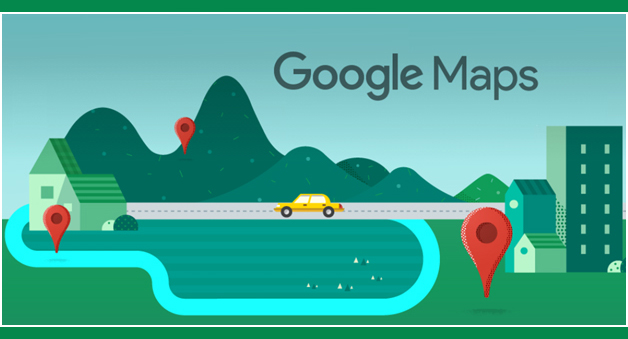In 2016 Google released Google Assistant which is an AI based virtual personal assistant, essentially their version of Siri or Alexa. These are owned and operated by two other tech giants: Apple and Amazon respectively. Google has been continually improving Google Assistant and started integrating it in more of their products, like the Chromecast and Nest. Google wants to be your personal assistant, whether you are at home or on the move.
This week Google made some big announcements regarding their AI personal assistant. Not only will it be integrated in two new smartphones, three smart speakers and a laptop but Google themselves will develop the hardware. To really gain an edge over the competition, like Alexa and Siri, they decided to create their own ecosystem instead of relying on third-party hardware producers. The aim is to increase their market share and to do this quickly. Google has designed a dedicated Google Assistant button that can be found on the Samsung Galaxy S8, their own new laptop and you can even get Google Assistant on your iPhone. New functions include quicker access to emergency calls, meaning Google isn’t just putting Assistant in more devices but also increasing its usefulness. While such an approach isn’t uncommon for a company like Apple, it is for Google. They are known for their hands-off approach, specifically related to Android where they worked with a great variety of third-party hardware partners. By taking matters into their own hands they can set the standard and they shouldn’t aim low. Amazon’s Alexa has a sizeable advantage and they recently announced a deal with Sonos, increasing their user base.
The end goal isn’t to sell more devices however, it’s all about data. Google knows that the more data you have, the more you have advertisers to offer and getting consumers to use their AI based personal assistant is one way of gathering more data. Without third-party hardware producers Google maintains full control of the Assistant and its future, allowing them to join the two other tech giants in the fight over who your personal assistant is going to be.
https://www.wired.com/story/google-takes-assistants-fate-into-its-own-hands/



